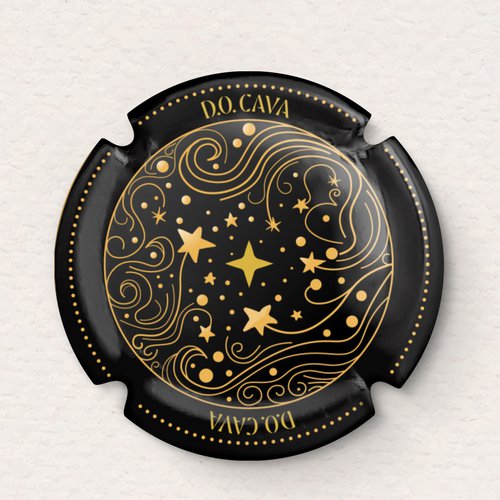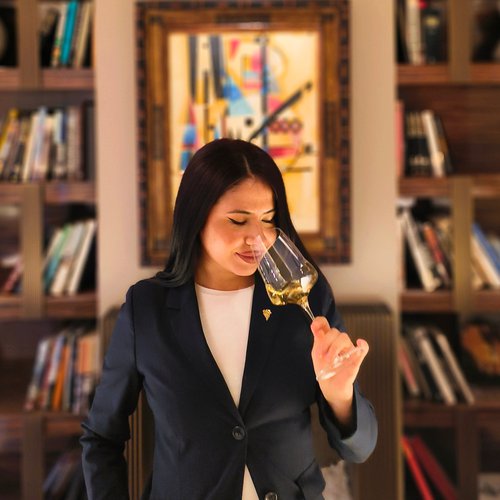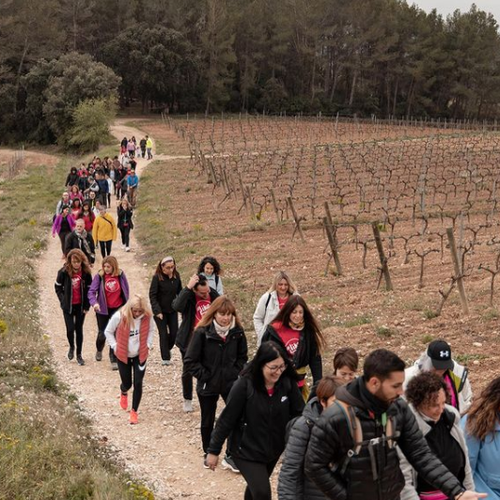Cava's trajectory is full of great accomplishments
Javier Pagés, president of the Regulatory Council of the Cava Denomination of Origin, reviews with us the history of the DO, shares the lessons learned from previous moments of crisis and analyzes the bases of the promising future of this sparkling wine whose international presence does not stop growing up.
"The history of Cava is a success story written by a number of people who, with extraordinary effort and perseverance, have jointly accomplished our goal. Each one of us has excelled in a different aspect; together, these skills have been decisive in getting us to where we are today.”
D.O. Cava first steps: A pioneering initiative and the success of a collective effort
The president of the Designation of Origin Cava Regulatory Council, Javier Pagés, is clear that the journey started in 1872, when the first bottles were made in Sant Sadurní, using the traditional method and the second fermentation in the bottle, is replete with both small and great achievements.
Pagés is accustomed to meeting challenges and conquering summits, and he knows that “setting a goal is very important. When you want to reach a milestone, you must not give up. Sometimes, when you’re faced with an adverse situation, it can be good to pause, but you should never give up. You have to find a way to work towards your aim; much willpower is required. It is very satisfying if the goal is achieved as a team because you’re working towards a higher common good.”
This is a life philosophy that Pagés considers essential to leading D.O. Cava: “Clearly the appellation of origin is much more important than swimming in the open sea, but humans need to be happy and satisfied, achieving individual successes in order to face collective ones. The Cava D.O. belongs to everyone, and involves the present and the future of a very powerful sector whose evolution benefits society as a whole; helping our quality sparkling wine to move forward is very gratifying.”
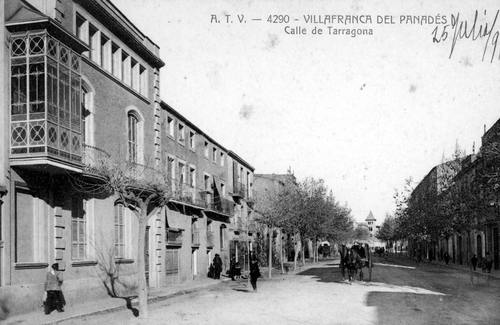
Cava has been around for almost 150 years, but its history in regulatory terms is shorter. This month (February 2021) marks the 35th anniversary of the legal establishment of the nomenclature and production zones of the Cava region. The zoning was revised in 2020 – currently pending final approval by the Ministry of Agriculture, Fisheries and Food – and distinguishes four major production areas: Comtats de Barcelona, Valle del Ebro, Viñedos de Almendralejo, and Zona de Levante. "Since the end of the 19th century, wine-making families and wineries have worked tremendously hard, and as a result have reaped success and seen their exports rise.
Firstly, in the countries that had already established commercial relations with Spain, such as the Latin American countries, and then also in the US and the UK. Cava has always been considered a quality product, representing the Mediterranean, and has managed to position itself in the world of sparkling wines, which was not easy to enter initially. The wineries that started out in the Penedès area had the foresight and initiative to open up new markets and go far beyond their immediate area of influence. They were pioneers, and we should appreciate their commitment to establishing themselves internationally. It is rare for a D.O. to have an export rate as high as 65 per cent, as is the case with Cava," explains Javier Pagés. Even as early as the beginning of the 20th century, the total amount of sparkling wine in Spain exceeded the figure for sparkling wine imports from the rest of the world.
A Lesson from History: Facing Adversity with Innovation
“The reason that Cava is a quality product is that there have always been proactive people who have made it possible, and who have overcome periods of adversity,” explains Javier Pagés. The president of the Regulatory Council is aware that the phylloxera plague was an economic and social disaster, but for Cava it also represented an opportunity that helped to define the region; in the Penedès vineyards, red grape varieties were replaced by white and ancestral varieties, which later formed the basis of Cava.
“After the Civil War, Cava wineries grew, and the early momentum and drive continued. Another important moment was when the product was formally defined: the word champagne was exchanged for Cava and the D.O. created, meeting all the conditions for regulating the sector and certifying its origins and quality,” he explains. The history of Cava cannot be understood without winegrowers and oenologists, but also essential to our understanding are the regulations that cover them.
“All the regions have benefited from the D.O., a large part of whose history is obviously in the Penedès area, where Cava has been a modus vivendi, shaping the landscape and creating a way of life. Its role on a social and structural level has been decisive and determining.”
The future of Cava: constant quality, differential values and internationalization
Now, 35 years after the D.O. was legally established, delimiting the region in order to protect the wine, Javier Pagés is categorical in affirming that Cava is experiencing its best moment, “because there are enormous opportunities ahead. This wine is highly appreciated worldwide, and it still has further to go, in order to be present in more parts of the world. The path we have mapped out is an attractive one, adding value and prestige to quality. Few designations of origin are so relevant within the sparkling wine category and this makes the future potentially bright."
"2021 is the year we start implementing the strategic plan based on segmentation and zoning, to protect the authenticity of the product, and to mark out its distinguishing characteristics such as ecology. The 2021 vintage will be remembered for this implementation and I am convinced that in the coming years we will offer an even higher benchmark among sparkling wines, so that people will talk about Cava with ever-increasing admiration and respect," Pagés explains proudly.
The year of the pandemic has not changed the Consejo Regulador’s plans to praise the quality of Cava which, in 2015, had already recognised the singularity and excellence of certain vineyards, and the production and elaboration on the property, with the incorporation of the category Cava de Paraje Calificado. Javier Pagés is sincere, explaining that his New Year wish was for " the strength to overcome the difficulties of the moment and unity". A wish that he displays discreetly because he firmly believes that the sector deserves it: "It would be a good thing if the wineries that are not currently part of the Cava DO were to join, because the more wineries it encompasses and the more people that fight for the same interests, the easier it will be to be competitive and make a name for oneself at a global level".
The turning point that the D.O. Cava recognises for 2021 coincides with an exceptional situation derived from the health crisis caused by the COVID-19. "We are going through a time of great economic contraction, but we hope that, with hindsight, it will be/seem small/short?, and that we will soon see a recovery," says Javier Pagés. He is an optimist by nature, and predicts, despite the economic circumstances, good health for the Cava sector, especially because occasions for enjoying sparkling wine are multiplying beyond the traditional celebrations.
"Cava is suffering, like most other sectors, but not because people have lost the desire to drink during the pandemic. Instead, it is simply because the number of occasions for drinking it has decreased. With the restaurant and hotel trade being closed, events have been cancelled, and also group gatherings can no longer be held. But its performance shows the strength of the product. Our sales are typical of a crisis but by no means a catastrophe.”
“Moreover, the fact that we are present in many countries around the world, with different state regulations, is helping us to continue exporting Cava despite the pandemic," he explains. The Ministerial Order of 14 November 1991 approved the current Regulations of the D.O. Cava and its Regulatory Council – three decades have since passed, but the desire to highlight a product, and strengthen the social fabric that surrounds it, remains intact.
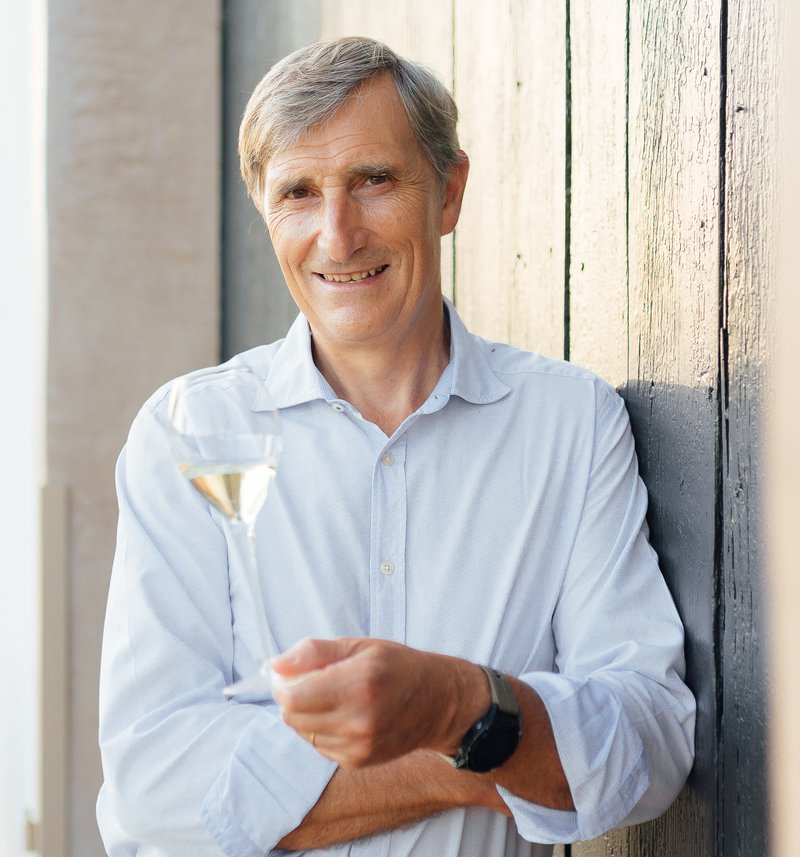
Not just celebratory: Cava as an inspiration
Javier Pagés, Cava is “pleasure, wellbeing, joy, positivity, but also relaxation". A serenity that he also finds when he looks at Cava landscapes: "They transmit peace and tranquillity because they are ordered and symmetrical.”
Pages is one of those people who ends the day with a glass of Cava, as a reward. He recognises its intellectual value, despite belonging to the sensory world:
"We must thank history for all the oenological advances that have helped to produce a great product. But drinking Cava reconciles you with the simplest pleasure: life.”

